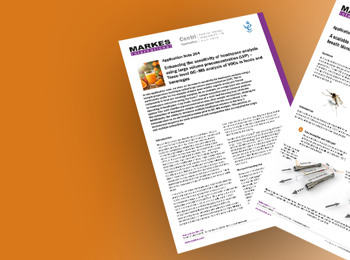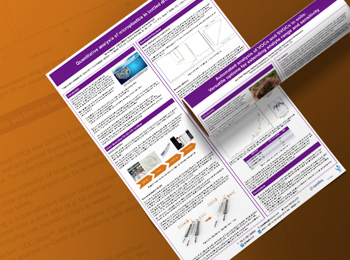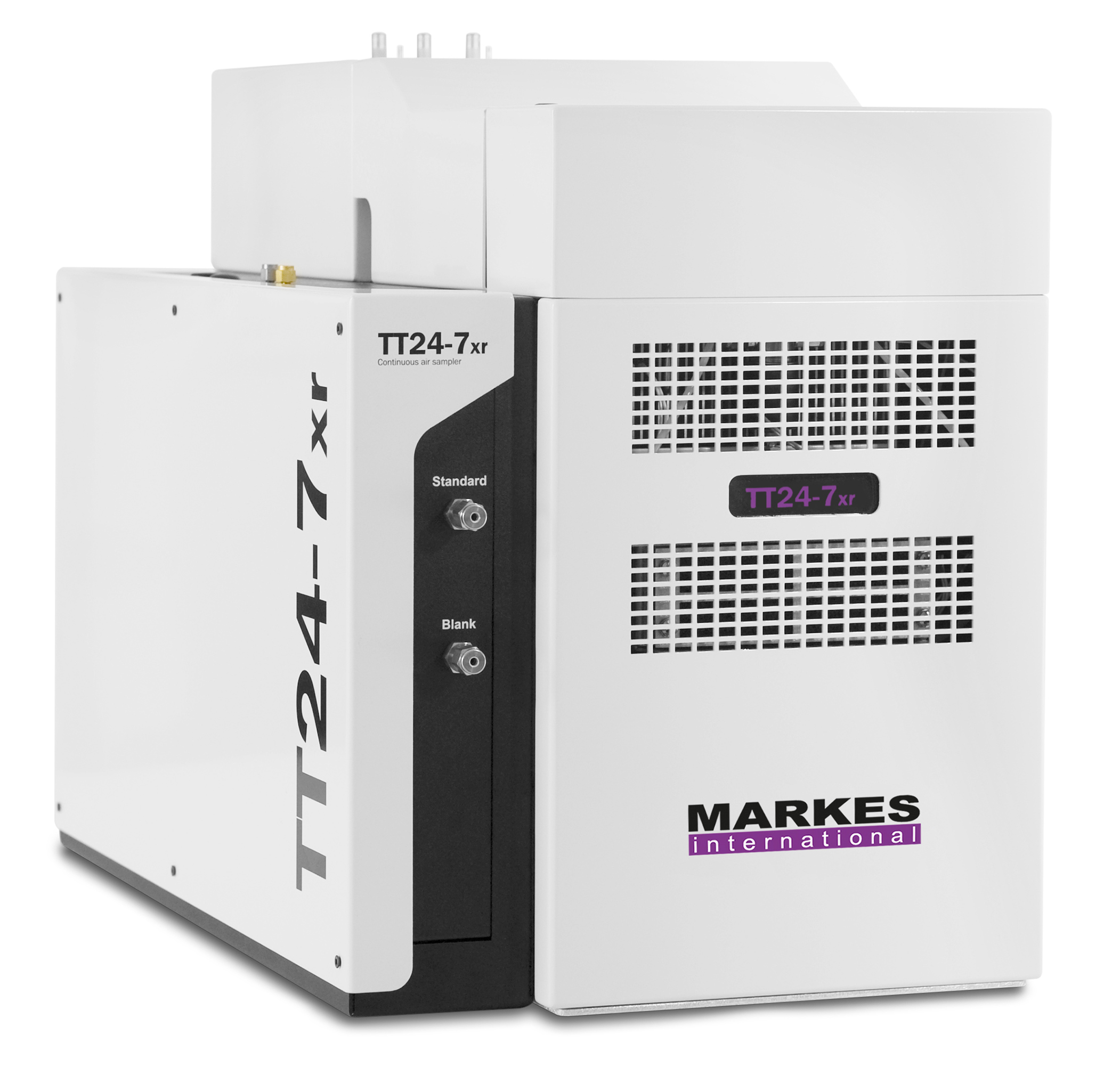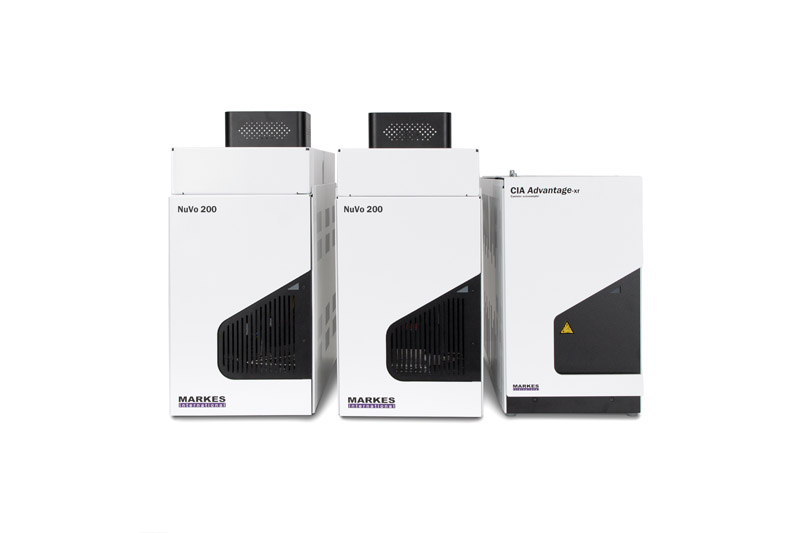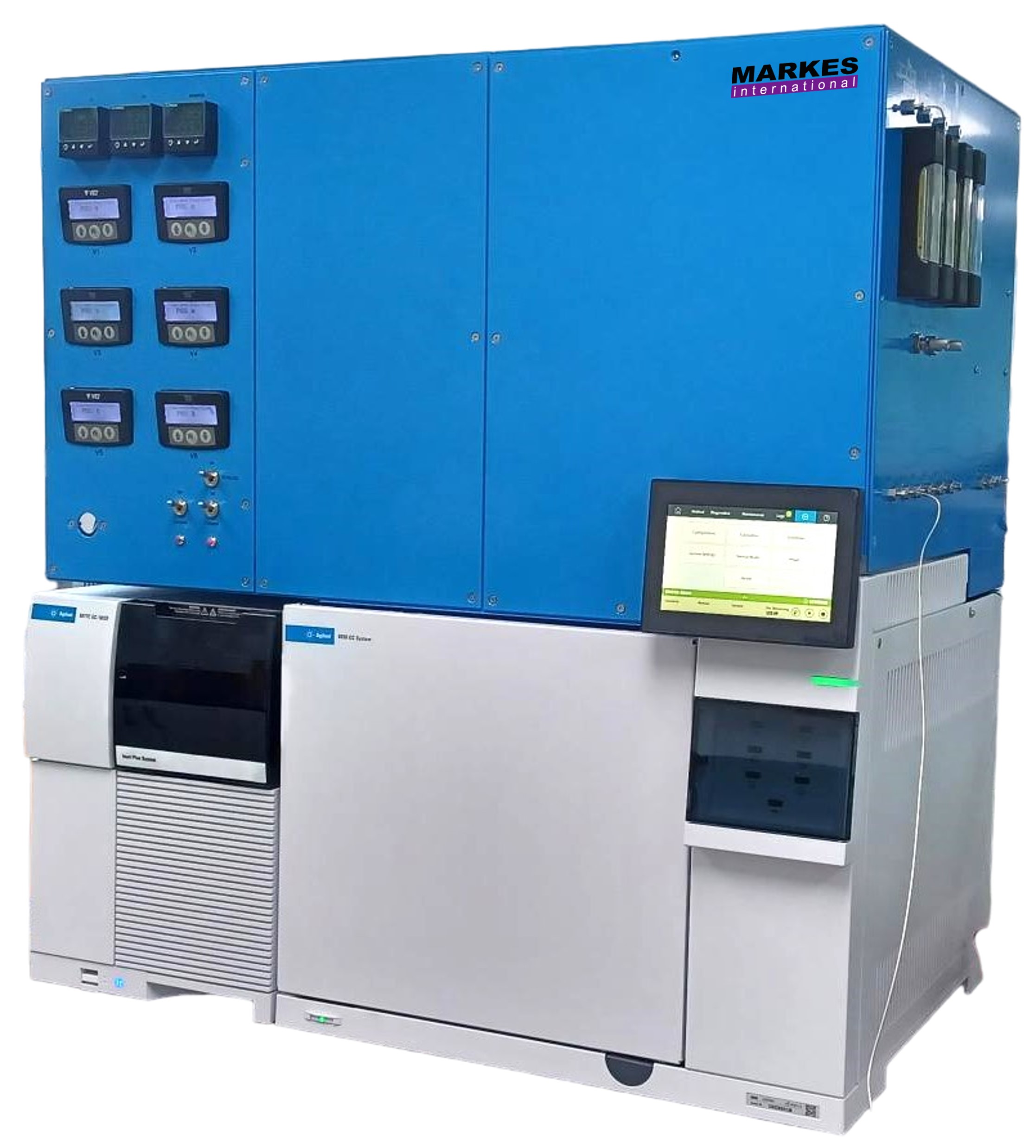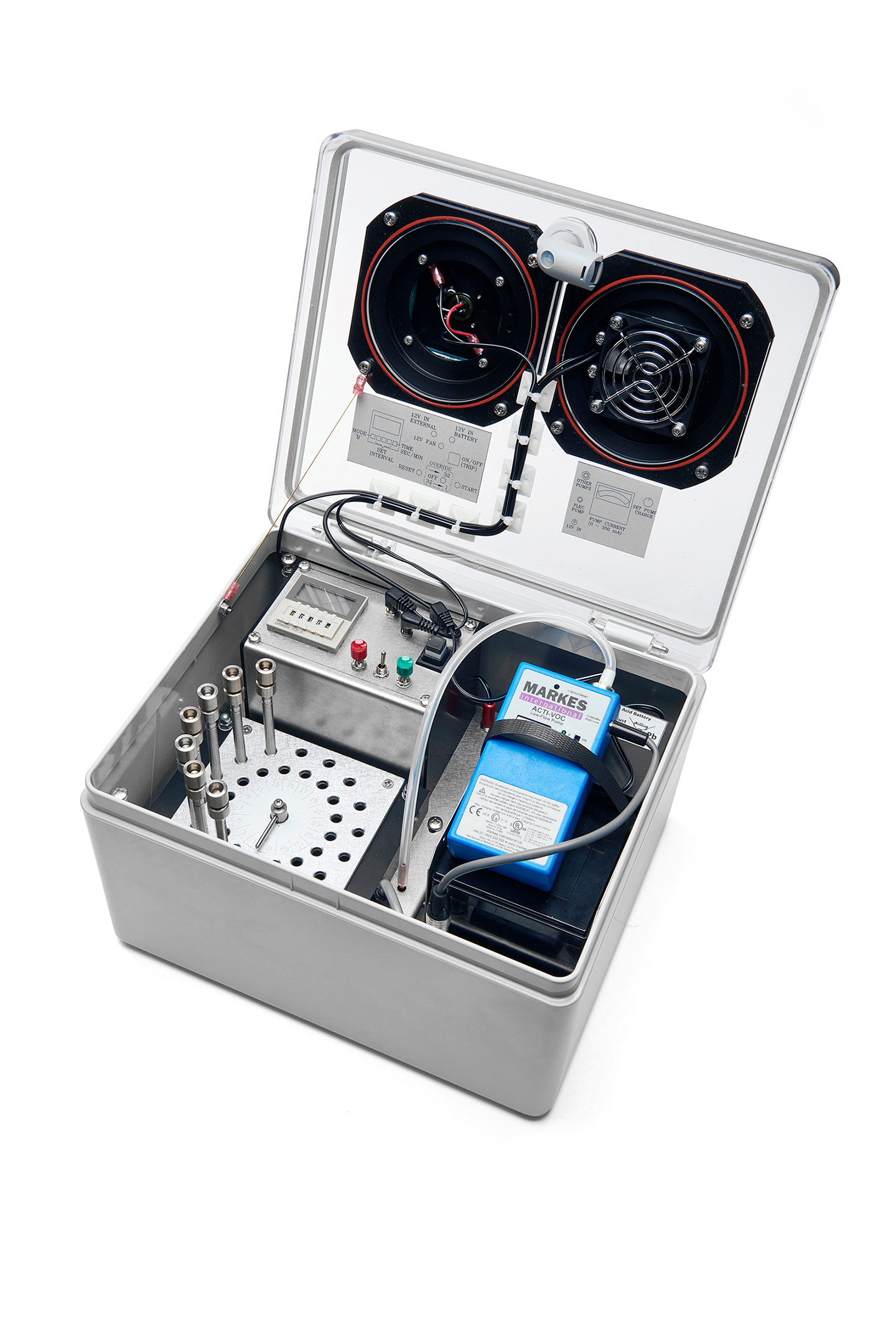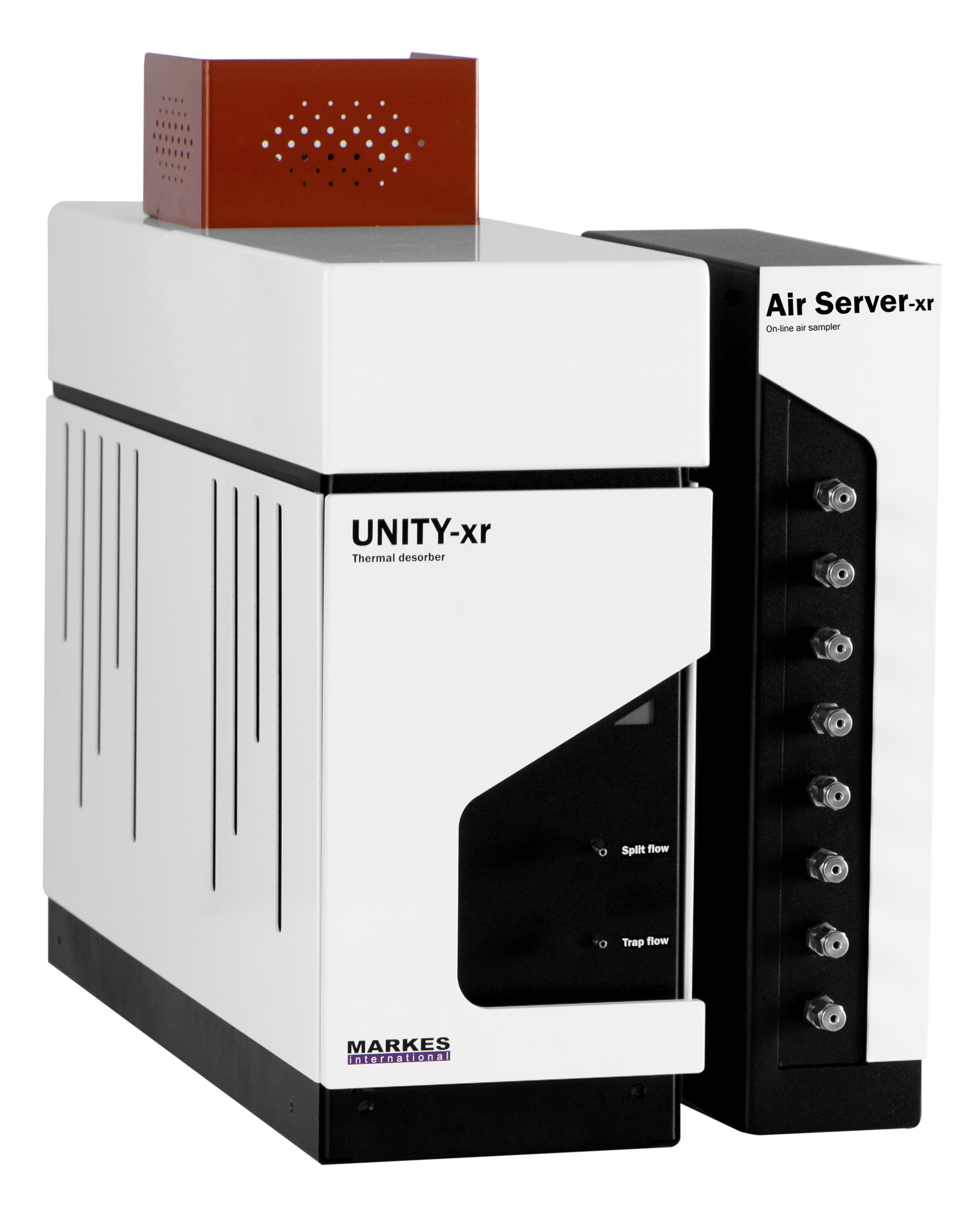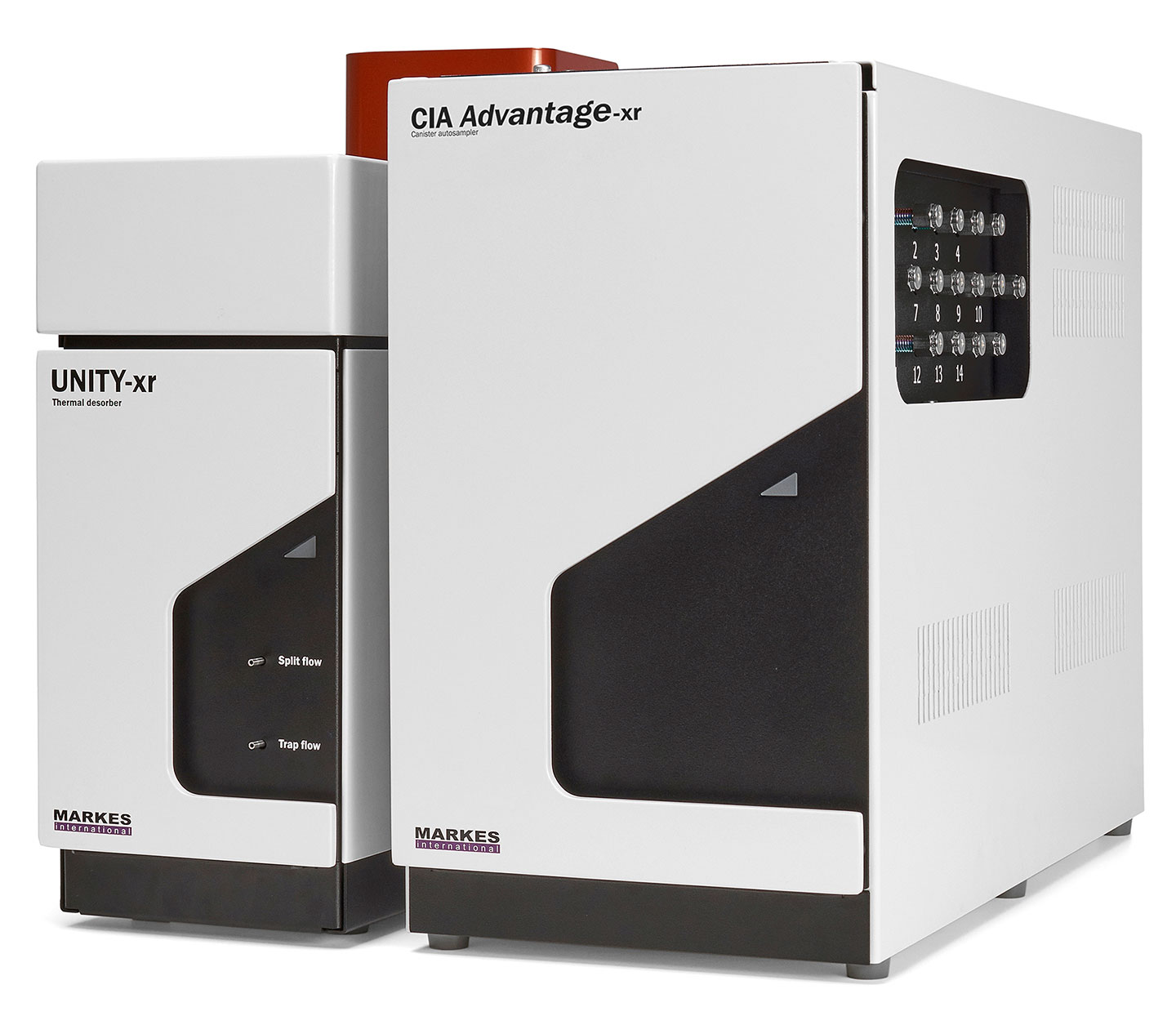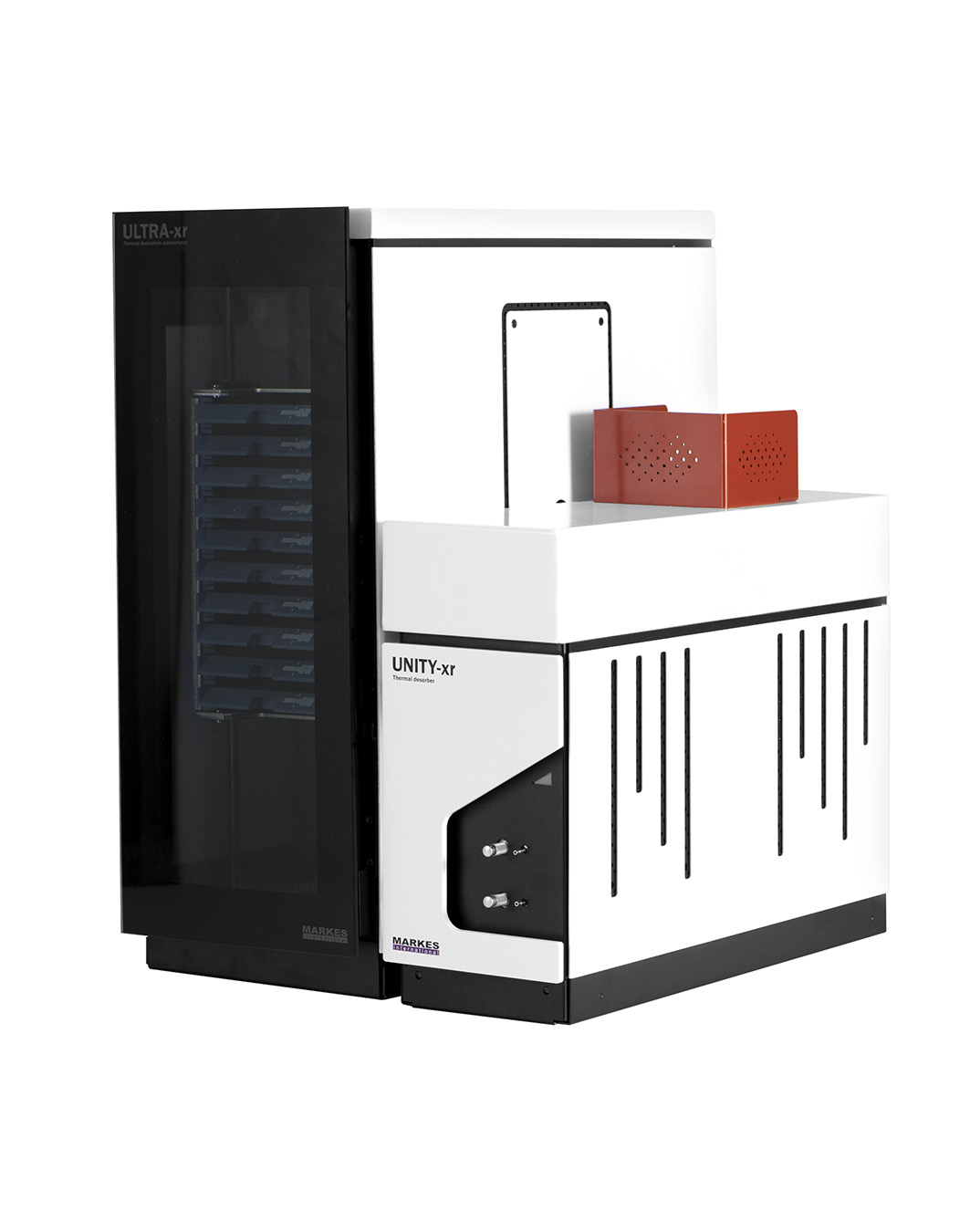Pollutants in ‘stationary sources’ (such as stack gases) need to be monitored for a variety of reasons, including compliance with environmental legislation. While most measurements of bulk organic vapours in stack gases are made using sensors, lower-level toxic organics require much greater sensitivity.
Stack emissions monitoring – the challenges
A major analytical challenge presented by stack gases is that they are often aggressive matrices, comprising both high- and low-concentration organic vapours with acidic gases, high levels of particulates, high humidity and a wide range of inorganic gases.
In addition, environmental regulations require emissions of organic vapours to be maintained below defined limits, which necessitates ongoing monitoring. Methods therefore need to be reliable and able to cope with a wide range of environmental conditions.
What approaches are used for stack emissions monitoring?
In the US, whole-air collection methods, such as glass ‘bombs’ canisters and sampling bags, are widely used for monitoring stack emissions, in accordance with (for example) US EPA Methods 0030, 0031 and 5041A. However, these methods are limited in terms of their analyte range.
In the EU, for many years the standard method (CEN/TS 13649) involved the collection of airborne vapours onto glass tubes packed with activated carbon, followed by extraction of analytes with carbon disulfide (CS2) and GC–MS analysis. However, in 2014 a revised edition of the method was released, which specifies as an alternative the use of TD tubes, followed by TD–GC–MS analysis.
Thermal desorption and stack emissions monitoring
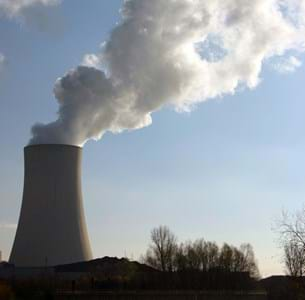 Grab-sampling or low-flow pumped sampling with TD analysis – in accordance with CEN/TS 13649 – offers a quick, highly sensitive alternative to solvent extraction for the analysis of VOCs in stack gases. Such methods also avoid the limitations of whole-air methods.
Grab-sampling or low-flow pumped sampling with TD analysis – in accordance with CEN/TS 13649 – offers a quick, highly sensitive alternative to solvent extraction for the analysis of VOCs in stack gases. Such methods also avoid the limitations of whole-air methods.
Modern TD systems also offer a valuable benefit for this application – their ability to split high-concentration samples during both tube and trap desorption. This allows large split ratios to be achieved, so avoiding detector overload.

